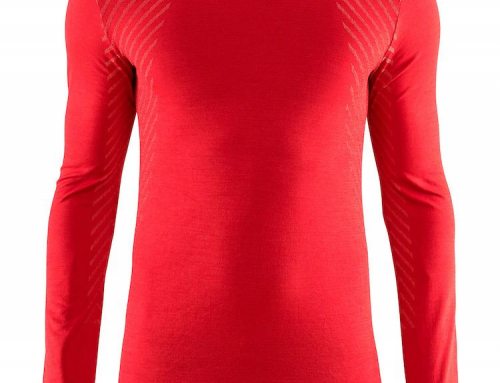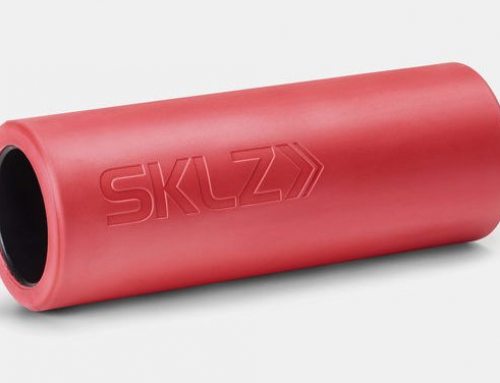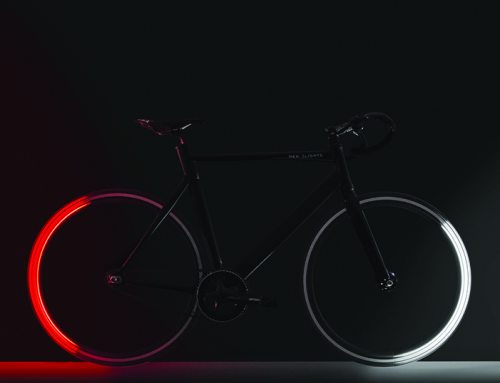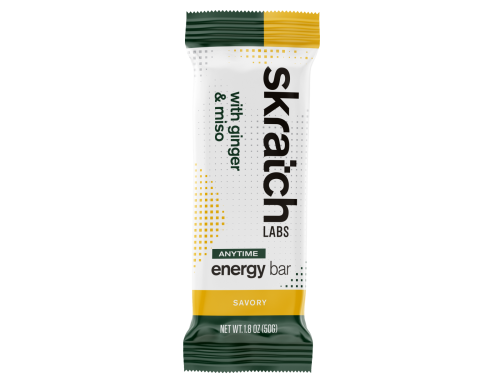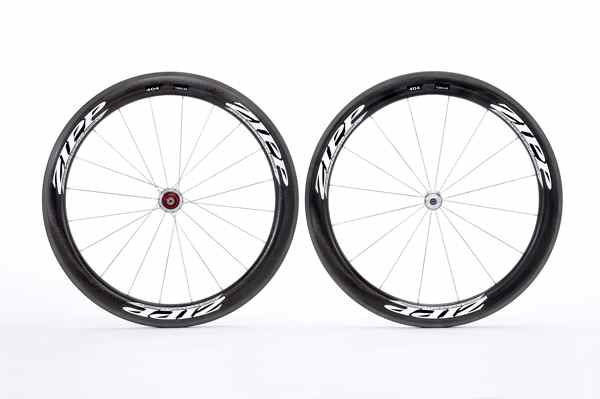
Retail $2,300, Sale $1,600
By Cid Cardoso, Jr.
The Zipp 404 Clincher wheelset, with its alloy braking surface and 58mm carbon rim in depth, is probably one of the least sexy wheels in the Zipp lineup. However, when it comes to overall performance, versatility, maintenance, durability, and ease of use, it still is one of its most popular options. This wheel, and not the Firecrest version, has been around for a couple of years now. Yet, I felt compelled to review it for two reasons: They are still great all-around wheels, as stated above, and they are now priced at an unbelievable $1,600. That is $700 under their retail price.
As I said in my review of the SRAM S60s, “When it comes to wheels, the customer can pick two out of the following three attributes: aerodynamic (more than 40 mm in rim depth), lightweight (below 1600 grams for the pair) and affordable (under $1,400 for the pair).” I still can’t think of a wheelset that meets all three. But, now at $1,600, the Zipp 404 Clinchers comes awfully close. The combined weight of 1662 grams is about 100 grams less than a pair of SRAM S60s and the price is only about $250 more. Plus, with the Zipp 404s the customer gets the infamous dimples!
There has been a lot of speculation among experts and “expert wannabes” on whether dimples in bike parts really provide a speed advantage. I am probably closer to an expert wannabe when it comes to this subject so I will rely some on Zipp’s research and claims in off-the-record conversations with people who spend time in the wind tunnel. The consensus seems to be that they can have an aerodynamic gain in different wind conditions and primarily if they are located on fast-moving, rotating surfaces. Zipp claims that the key to making dimples work has to do with the dimple pattern, shape, and depth. Zipp uses icosohedral (20-sided) dimples that are a few-thousandths of an inch deep. The pattern focuses more on the perimeter of the rims as they say the dimples close to the edges of the wheel are the most significant. On their website, Zipp claims that the dimples on a disc result in between 2 and 6 watts of efficiency improvement over the smooth disc, when tested between 5 and 30 degrees of yaw (wind angle), and between 0 and 2 watts improvement when tested between 0 and 5 degrees. As an average that’s somewhere between 6 and 10 seconds per 40 km, and it increases if the wind is stronger or speeds are higher. The bottom line with dimples is that, whether you believe in Zipp’s test or not, wheels with dimples are more expensive, at least in the Zipp lineup.
Unlike many other carbon wheels with alloy braking surfaces on the market, with the Zipp ones the carbon area is actually a structural part of the wheel. It is not a fairing bonded purely for aerodynamic purposes. It not only improves aerodynamics but it increases the overall strength of the wheels. And let’s not forget that this makes truing them easier, as the nipples can be reached without removing the tire. Even though these wheels do not have the new Zipp Firecrest technology, the rim shape is still a hybrid-toroidal (Zipp’s characteristic bulging cross section) for proven aerodynamics. They employ Zipp’s Carbon Bridge technology and Kevlar threads on the carbon laminate to increase impact resistance. The rims also have what Zipp calls its VCLC system, which is the use of shock-absorbing material to reduce vibration and keep the wheels glued to the pavement under all conditions. Finally, unlike the 26.5 mm rim width that comes with the new Firecrest Carbon Clinchers, its 22.5 mm width actually makes it easier to deal with for most riders, especially if you will be going back and forth between these and training wheels, eliminating the need for brake adjustment and brake-pad exchanges.
The 16 spokes in the front and 20 in the rear offer a well-balanced combination between aerodynamics and lateral stiffness. The Sapim CX Ray aero spokes are known in the industry for their strength and durability (non-rusting and few breaks). Riders over 200 pounds may feel some flex and may need to go with the Max (former Clydesdale) wheels, which use additional spokes for added strength, but these wheels are actually rated for riders up to 225 pounds. The Zipp 88 and 188 hubs used in these wheels have proved to be reliable and maintenance-free. In fact, one of the reasons customers have been gravitating toward Zipp wheels for the last 10 years is their overall reliability and few warranty issues.
Every time I ride these wheels I marvel at how they ride. They behave much like a set of regular wheels in terms in stability and braking, but are nimbler and noticeably faster. I like deep wheels. I like the feeling of slicing through the wind and maintaining high speeds when time trialing. Weighing 158 pounds, however, I do not like being blown around, especially in the middle of a pack. The Zipp Clinchers are ideal on both counts. Furthermore, they offer a solid feel, which is sometimes missing on flimsier performance wheels. The acceleration is quick and the climbing efficient as there is little side flex. It is not surprising that wheels like these have become the wheels of choice on racing peloton around the world.
For purely triathlon racing or hard-core time trialing, I would choose something deeper. My wheels of choice are a Zipp 808 in the front and a disc in the rear. For overall riding and bike racing, though, I would pick a pair of 404s, such as these. I would perhaps go the tubular route for racing in order to reduce the weight, but I work at a bike shop and therefore don’t have to worry about gluing tires and the expenses associated with tubulars. The new Firecrest Carbon Clinchers are certainly nice but you will definitely pay a premium for them, as they currently sell for $2,900 for the set. The 2012 Clinchers with alloy braking surface will come with a new hub but will sell for $2,400. At $1,600 per set, I honestly don’t know how anyone looking for a great pair of race wheels would pass these up. Just be aware that they will be available for a limited time.
# # #
Cid Cardoso, Jr., owner of Inside Out Sports, has been doing triathlons for more than 20 years. Last October, he competed in his 26th Ironman – his eighth appearance at Kona. A veteran of ultramarathons, he has competed in Team RAAM twice. He has seen equipment evolve with the sport and continues to test new products to assess their impact on performance. He trains, works, and resides in Cary with his wife, two daughters, and son. You can reach him at cidjr@insideoutsports.com.


